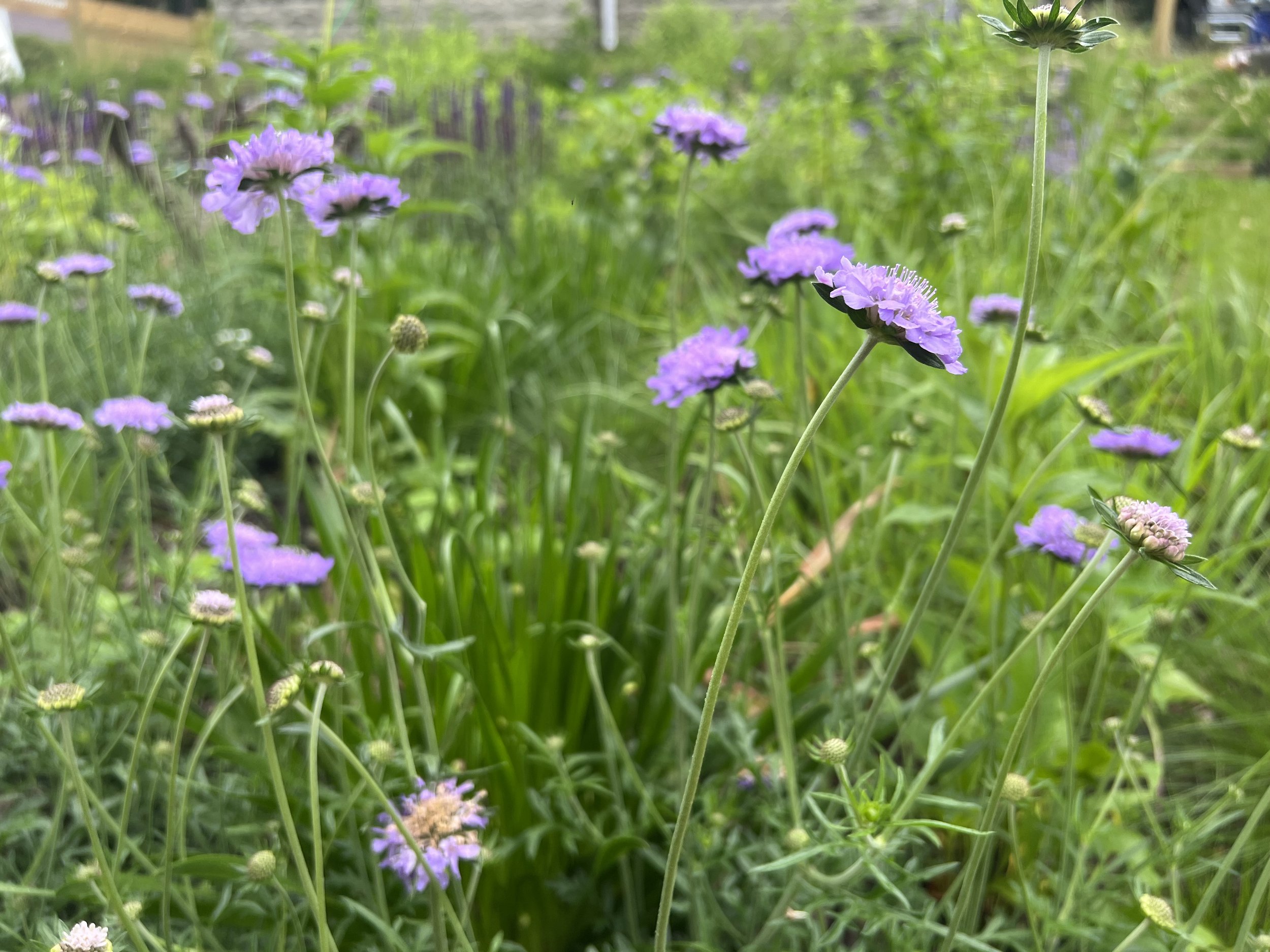Contemplating plant choices in a changing climate
If you’re up in northern New England — or anywhere else, for that matter — I’m sure you’ve had days this year where the words unprecedented or wacky have entered your vocabulary in conversation around the weather. Here in Maine, it rained in early May and didn’t stop until late July. We saw Portland’s highest tide ever as part of a rain event that really should have been snow. And in the days leading up to Christmas I was sauntering around the garden in crocs like it was October. Wacky.
Wacky is maybe the wrong word. It sounds too much like we’re seeing something surprising. Unexpected. Climate Change. That’s better.
As the wacky (whoops, habit) weather grows wackier, and we’re faced at every turn with suggestions and solutions for how to limit our own personal footprints, the gardening world has seen its own set of preachers with different conclusions and sets of principals to follow. There are those exhorting native-only landscapes; others advocating for right plant/right place over geographic nativeness; and still more moving about the garden (perhaps intentionally) in a business-as-usual style. We’re told by many that gardens should be acts of environmental advocacy, and by others that they’re a human construct created as a place of refuge, and man-made beauty.
Which is it? All this to say: there are so many competing voices and dogmas that even those of us entrenched in this profession aren’t always sure what or who to hitch our wagon to.
But I don’t want this rumination to go down that rabbit hole just yet. It’s too grey and cold outside for it. Instead I’m thinking hard about one particular piece of this puzzle, and am hopeful I’ll be able to have engaging discussions with folks about this too. That piece is native vs. non-native in the garden setting. (Still a massive topic on its own, and one that I’m hardly going to try and scratch the surface of).
To preface I, like many here, will prioritize native plants over non-natives when it makes sense. I’m fully on board with the fact that many indigenous plants provide habitat, food, and ecosystem services that only species evolving in-situ over a millennia could provide. And a garden full of native plants looks great in its native setting. I’ll even say when it doubt, choose native.
But for a few reasons, I also gladly incorporate non-natives into a naturalistic garden. Here they are:
Gardens, while increasingly important for wildlife, are crucially valuable places of refuge and inspiration for people. We can create wildly beautiful spaces with native plants — but if splashes of color from your favorite childhood flowers cause you to spend more time outside and be more likely to advocate for the environment in nearby parks and forests, that’s a great outcome in my opinion. Often in order to find excitement in the minutiae of spotting rare bee species and sharing food with the birds, we need to first fall in love with our gardens. So if that takes the form of a more traditional cottage garden, OK! Immeasurably better than an astroturf lawn, to say the least.
From an ecological vantage point, Great Dixter in the UK recently caused quite a stir with its Biodiversity Audit of the house’s historic gardens and landscape a few years ago, with the discovery that their ornamental garden beds had the richest biodiversity on the whole property, compared to ancient woodlands, meadows, and other unique ecosystems. They were quick to acknowledge that this isn’t possible in a vacuum — all of these areas are intertwined and feed off each other — but still a revelatory find. These ornamental gardens are a mix of native and non-native species, and they said “We hadn’t gardened specifically for biodiversity – it was just here as a by-product”.
While everyone has their own figures and stats, many agree climate change is moving species north at a rate of 4-6 miles per year. Temperatures warm, new pests and diseases move in, and plants that used to be happy in New England are increasingly less resilient to the unpredictability they’re faced with. Given this, it may behoove us to look to the future and begin introducing species from further south that will be able to better handle these challenges and keep the encroaching invasives at bay. How did Einstein put it again? Insanity is doing the same thing over and over again and expecting different results? Food for thought.
These are feelings I have been wrestling with over the years and by no means a set of principles anyone ought to follow. But it is something to consider in the face of strict rules developed by other designers or academics.
Consideration and care for the wildlife we share an ecosystem with are of course paramount. No garden should actively cause harm, and all gardens should do their part in the face of climate change. But if that happens to include some dahlias and roses, I say the more the merrier.
Designers, gardeners, ecologists: what do you think? Is this is a gross over-simplification? Do you agree we’re flooding the profession with too many competing suggestions on how to garden? I’m very much in the ecological design camp, and base my work around practices that I think are doing good for the world, but like to at least try to play devil’s advocate in the face of those who say you must do it a certain way.
Please share your thoughts; I’m looking forward to getting into this with you.

